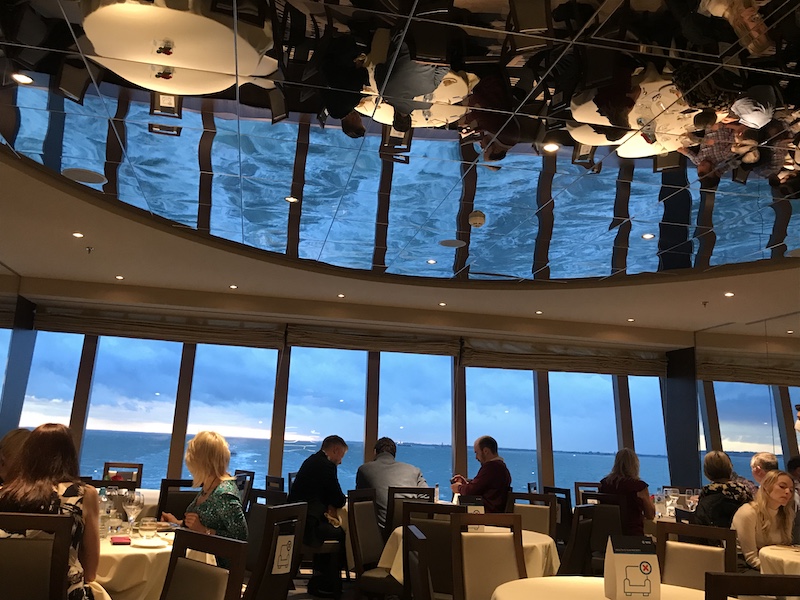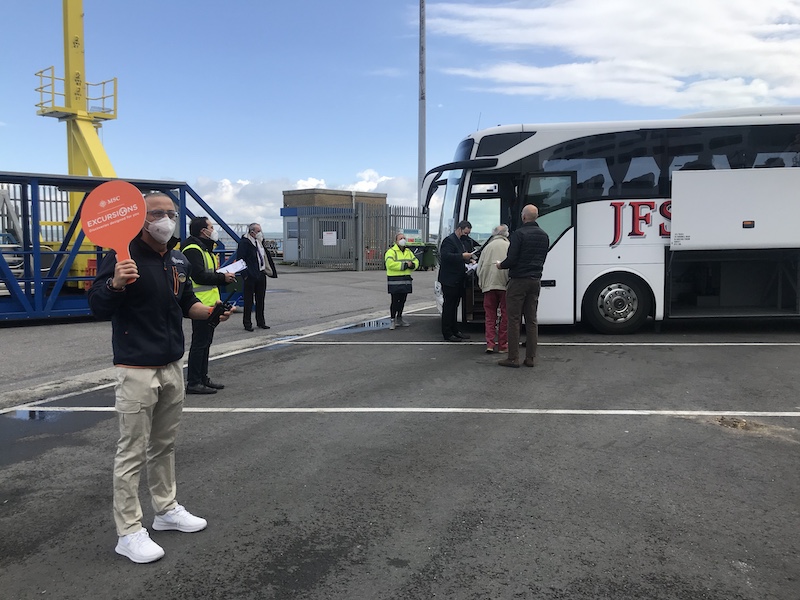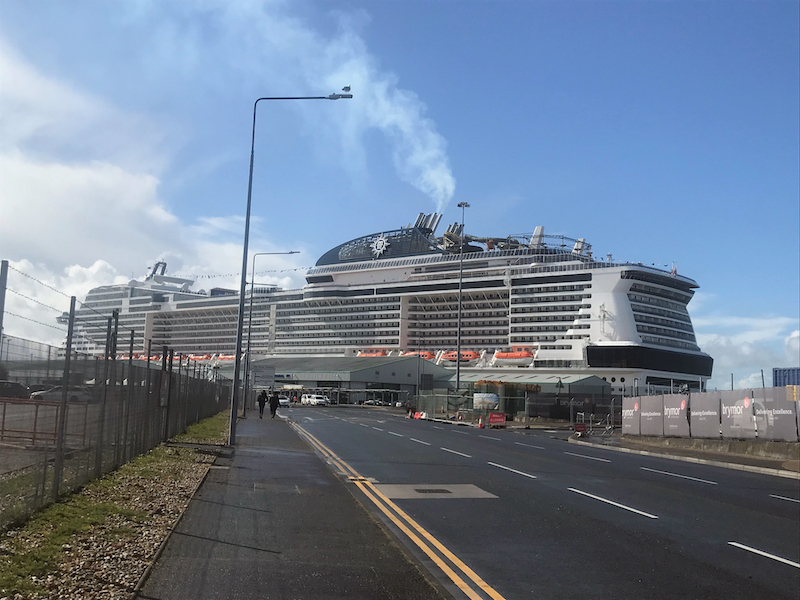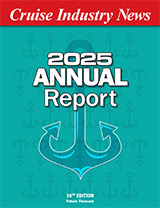
Prior to the U.S.’s first post-pandemic sailing, the UK had been enjoying a safe return to cruising for more than a month. On May 20, the MSC Virtuosa made history being the first cruise ship in the UK setting sail on a revenue voyage since the start of the pandemic.
Cruise Industry News went onboard the Virtuosa on her second-ever cruise to see what cruising in the UK during the pandemic is like.
Pre-Embarkation
To sail on the MSC Virtuosa in the UK, guests need a current UK passport, health insurance that covers cruises, a document confirming full vaccination (required since June 29) and a completed health questionnaire.
Both vaccinated and non-vaccinated guests were allowed onboard the May 24 Virtuosa sailing, which is no longer the case since June 29, when the company announced switching to fully vaccinated sailings.
As per UK government regulations, only UK residents can embark on cruises as guests. The government regulations at the time also said that cruise ships could not carry more than 1,000 guests on a sailing.
Embarkation time slots specific to every passenger were sent out to guests in advance.
Upon arrival at the port, each passenger had to go through temperature checks. After document checks and baggage drop-off, guests were ushered to the coronavirus testing area, where workers in hazmat suits performed lateral flow tests.
After the tests, passengers could check in and wait in a specifically allocated area. Half an hour later, passengers got “all clear” on their tests and were allowed to start embarking on the ship.
Once on the ship, passengers were greeted by MSC staff in masks. Guests then had their boarding documents checked and asked to put their hand luggage through a screening machine. Bulkier luggage was sanitized and delivered directly to passengers’ cabins.
Life Onboard
Under the pandemic circumstances, mandatory-for-all-guests safety drills consisted of a five-minute video shown in cabins and a summoning to guests’ assembly points where a member of the crew scanned each passenger’s cruise card.
Social distancing and mask-wearing were enforced in public areas across the ship, unless seated, eating or drinking. Children aged six and under weren’t required to wear a mask.

To ensure social distancing, some seats had labels asking not to use them. Hand sanitizing stations were clearly labeled and made available in all public areas on the ship.
Body temperature checks were performed daily, usually before entering restaurants for breakfast. To access restaurant menus, guests could scan the QR code available on each table – although, paper menus were available on request.
For the first sailings, the Virtuosa only made one call in the Isle of Portland. Temperature checks took place before (and after) the optional excursion. Then, passengers were sent to their respective buses where seats were labeled in a way that prevented two people from sitting next to one another.
Around four or five stops were made on the bus, where guests had to leave the bus and return together, as well as stay within their groups when ashore. Visiting any shops or toilet facilities on the isle of Portland was prohibited, but toilets were available on the bus.

Theater show capacity has been reduced with seats labeled in a way that would not allow two people sitting next to each other (unless part of the same traveling group), too.
Every hour, 15-minute sanitation took place in the Savannah AquaPark.
Crew Measures
The mask-wearing policy extends to staff, and not a single crew member was seen without their facemask worn correctly at any time during the four-night voyage.
Each crew member underwent a 14-day quarantine onboard the ship before they were allowed to start working.
After that, they got tested every week, alternating between PCR and lateral flow tests.




